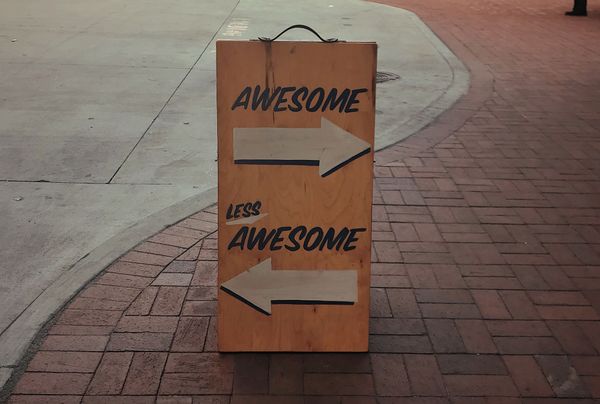Unpacking the real consequences of shrinkflation

You might have been living under a rock if the term shrinkflation is a new one to you. Just for absolute clarity, the term is the reverse of inflation and is concerned specifically with products as they appear to get smaller and smaller without any material change in price.
You may recall and have even talked to friends and family members about packets of Doritos being bigger in the past, McVities Digestives having more biscuits per pack, and Lurpack butter filling your entire palm as you place it in the fridge. In all these cases manufacturers have reduced package sizes a little at a time. But, why? And what do consumers think ?
Before answering these questions, it is worth recalling that when we learn about a product size reduction it is classed as a "cross-sectional" (one time) event. However, in reality packages alter size in a longitudinal manner. Consider the related example of a person losing weight. If they lose weight this year then we see just that, but the bigger story may be that their weight had slowly creeped up in the five years prior and this is just a correction. Put a different way, in some cases it may just be that brands are responding to market trends (a desire for smaller products) or recalibrating after a period of size inflation.
A more cynical view would be that this strategy is a margin-busting exercise. Rather than moving prices upwards, especially during times of economic hardship, they instead move volume downwards - reducing the value for money derivative. Take for example Bounty kitchen roll. Each sheet is purported to be over 10% thinner than the previous line was. This certainly isn't going to be convincingly argued as a market need for smaller tissue paper sizes! How do consumers respond to such situation? Well, in the UK media there are suggestions that customers will start to boycott stores that stock offending products, but this would be little more than media bluster given nearly all stores would be impacted. Indeed, in most cases, this type of activity will pass people by, and it is only the media attention that draws their attention to the news (by the way, humans are terrible at making size-oriented evaluations).
However, one implication is that loyal and informed consumers may become more open to brand swapping because shrinkflation now gives them a reason to shop around - indeed, this is driven by feeling betrayed. Consider for a second the power of expectations in this context. When you catch a train to work each day and for years it runs on time, your expectations of timeliness are well set. You arrive on work when you are supposed to. Even if the train operator raises prices by a tolerable amount, you will pay it. But, what if the train starts running late once or twice a week, you'll feel let down and you may even start thinking about alternative modes of transport - your expectations are violated. Recall, this all assumes you notice the train has started to run a little late in the first place ...
However, this same scenario may not play out the same way for new customers to the brand. In fact, this would just be the norm for them. The same is true of shrinkflation. For new customers, betrayal won't be triggered . They won't know any different. Moreover, if the brand is strong enough and loyal customers get used to the new size, then expectations will change creating a new-norm. Only a side by side analysis of old and new might cause issues. And this is what manufacturers bet on - you won't notice, and new customers won't know any different.
For existing customers this is a great time to pop your own loyalty bubble and have a look around; is the price-quantity formula the same or better with a competitor brand. Remember, you now owe this brand nothing.




